Gone is Gone by Wanda Ga’g | Book Review
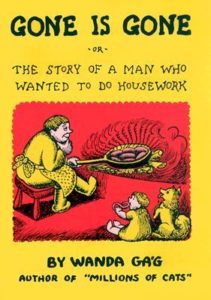 Disclosure: I did not receive any compensation for this review. Cover art is copyright of Minnesota Press.
Disclosure: I did not receive any compensation for this review. Cover art is copyright of Minnesota Press.
‘Gone is Gone’ or ‘The Story of a Man Who Wanted to Do Housework’ is retold here by Wanda Ga’g, after being passed down orally through generations of her family. The book is dedicated “To My Peasant Ancestors.” This is how I intend to dedicate my future memoirs.
Fritzl and Liesi live and work on their land. Fritzl works out in the field all day. Liesi works in and around the house and looks after the baby. Fritzl believes that he works harder than Liesi and has no issue in saying so.
“Little do you know, Liesi, what a man’s work is like, little do you know! Your work now, ’tis nothing at all.”
Liesi wallops him, takes the child and leaves him. Alas, I kid. She is instead miraculously bemused by his misogyny. She suggests that they swap workloads for a day.
‘Gone is Gone’ is titled thus because every time Fritzl screws up one of the chores, he shrugs and says “Na, na! What’s gone is gone.” Is it such a wonder that he’s so easy on himself after dismissing his wife’s hard word? A ripping display of male entitlement.
Fritzl’s incompetence amplifies until he has put the lives of his dog, his cow, his child and himself in jeopardy. What an idiot. Even so, Liesi is patient and kind with him, though an “I told you so” is heavily implied – and well-deserved.
‘Gone is Gone’ is is a fine tale of comeuppance for adults and children alike.



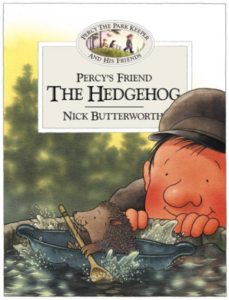 Percy is a park keeper. All of his friends are animals, because why not?
Percy is a park keeper. All of his friends are animals, because why not?
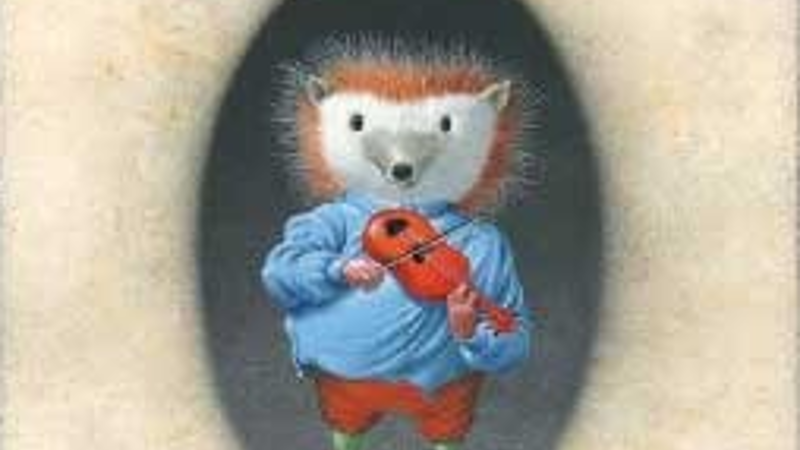
 Disclosure: I did not receive any compensation for this review. I tried to contact the Brothers Grimm in a seance to see if they had any long lost manuscripts I could pawn on eBay, but there was no response. Cover art is copyright of Atheneum Books for Young Readers.*
Disclosure: I did not receive any compensation for this review. I tried to contact the Brothers Grimm in a seance to see if they had any long lost manuscripts I could pawn on eBay, but there was no response. Cover art is copyright of Atheneum Books for Young Readers.*
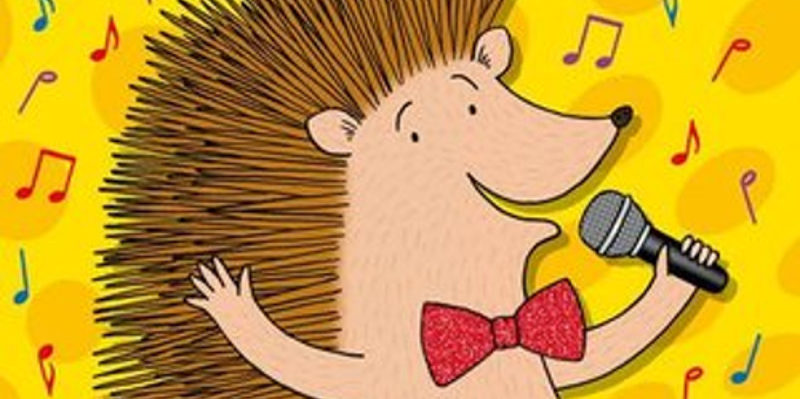
 In this book, all sorts of animals are playing music. Except the hedgehog, he just hums. What are they trying to say? Hedgehogs can’t play instruments? Why couldn’t the hedgehog play the violin? They’ve got penguins playing the violin. PENGUINS! How is that even possible with their flippies?
In this book, all sorts of animals are playing music. Except the hedgehog, he just hums. What are they trying to say? Hedgehogs can’t play instruments? Why couldn’t the hedgehog play the violin? They’ve got penguins playing the violin. PENGUINS! How is that even possible with their flippies?
 This is the story of Cushion, a lone Porcupine who lives in a petting zoo. You can imagine what a depressing life that is! Lonely and dejected, Cushion jailbreaks his pen and goes in search of a wife, banjo in hand. Yes, he plays the banjo. I can’t decide if this is magnificent or mortifying. Maybe both.
This is the story of Cushion, a lone Porcupine who lives in a petting zoo. You can imagine what a depressing life that is! Lonely and dejected, Cushion jailbreaks his pen and goes in search of a wife, banjo in hand. Yes, he plays the banjo. I can’t decide if this is magnificent or mortifying. Maybe both.
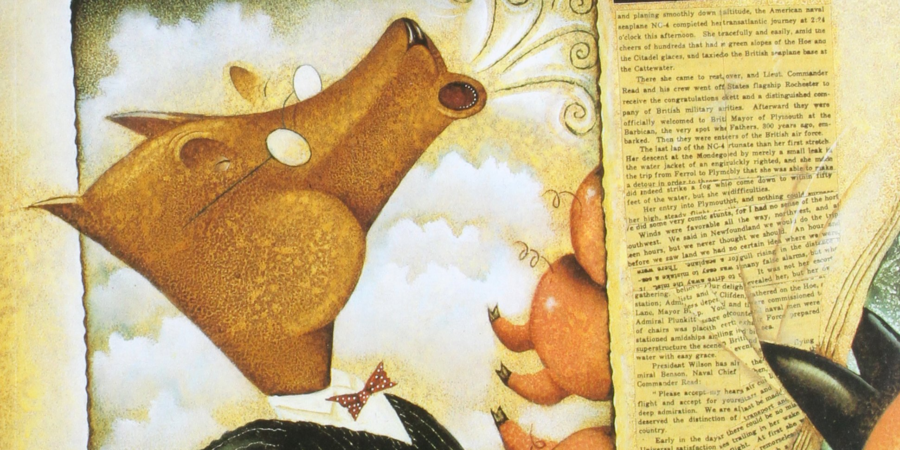
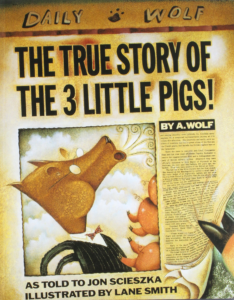 Disclosure: I did not receive any compensation for this review. I didn’t even get a cup of sugar. Cover art is copyright of Scholastic.
Disclosure: I did not receive any compensation for this review. I didn’t even get a cup of sugar. Cover art is copyright of Scholastic.